Athlytic (https://www.athlyticapp.com/) is a fitness readiness and activity overview tool for IOS and Apple Watch. It is similar to what Garmin, Polar and Suunto provide in their watches and costs approximately $30.00 for an annual subscription and comes with a free trial. I purchased the annual subscription.
Screenshots of the app from both my phone and my AW Ultra are shown below.
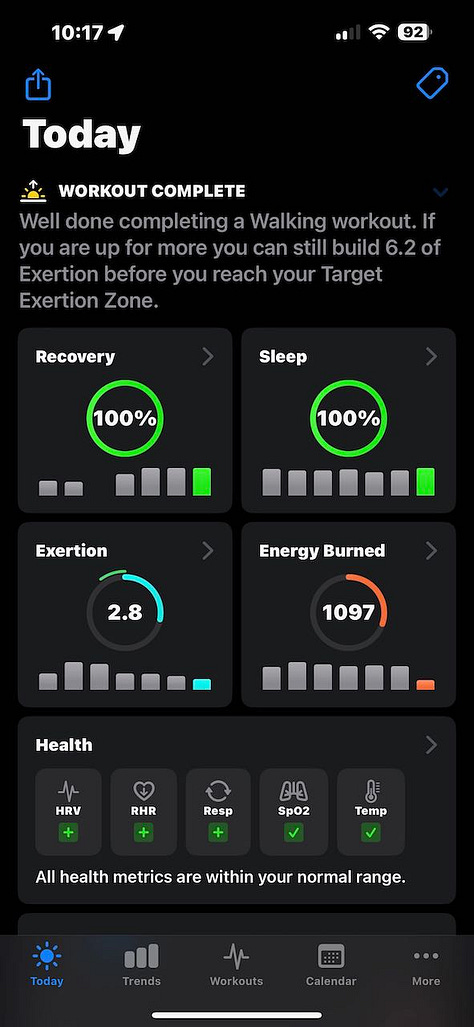
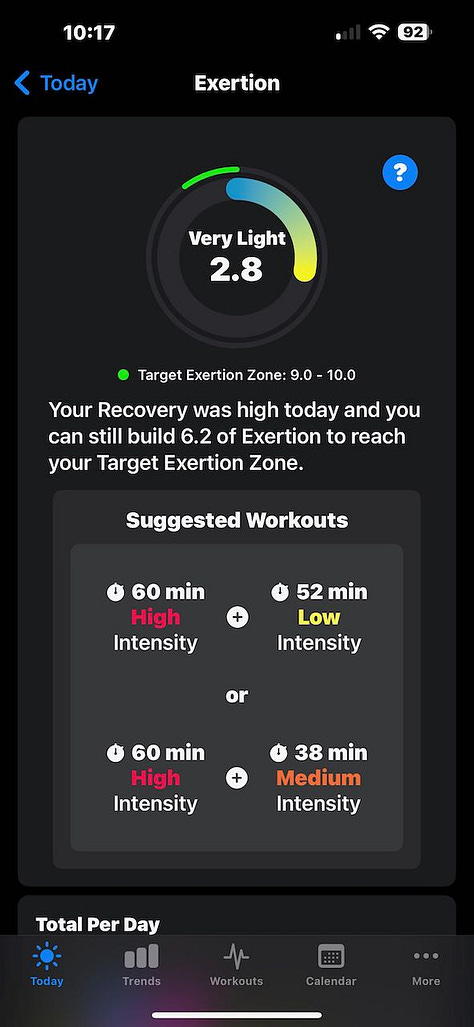
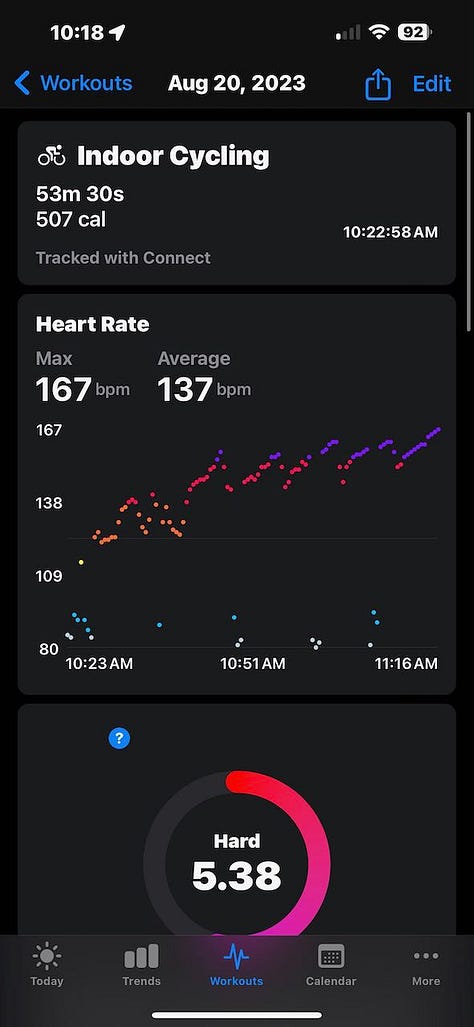
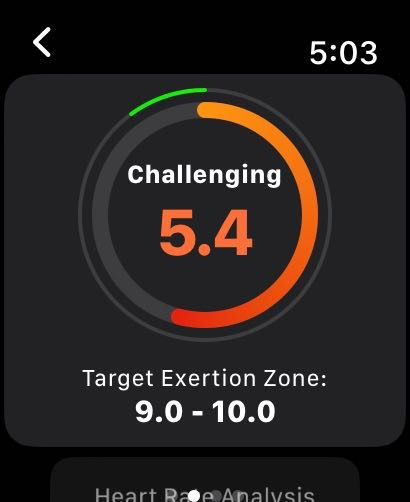
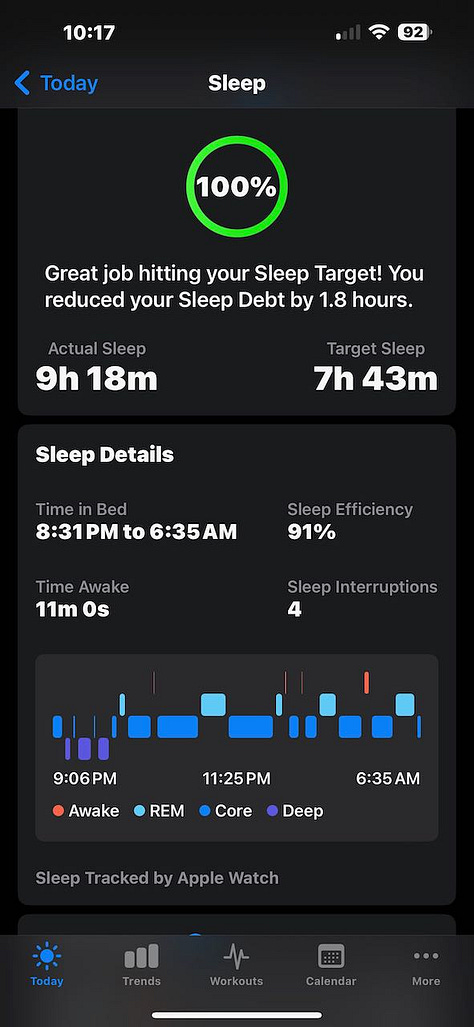
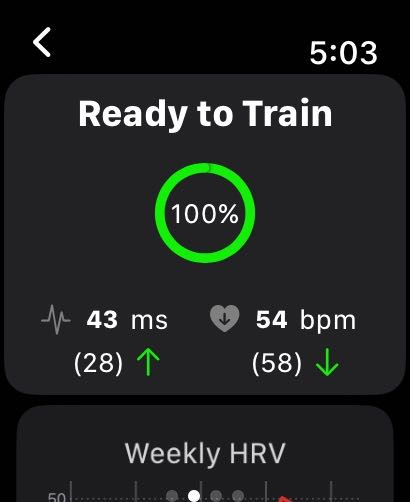
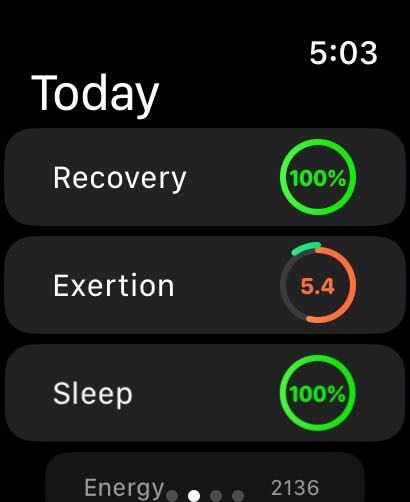
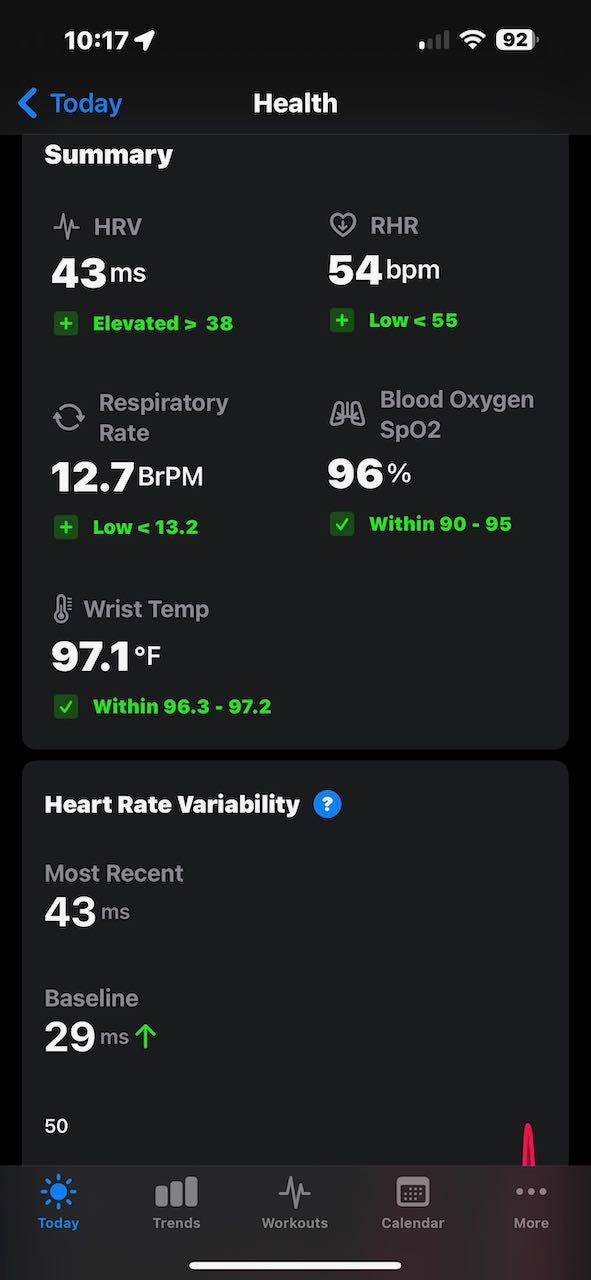
The main display includes 4 different metrics:
Recovery: Recovery measures (mostly) your overnight recovery based on HRV and resting heart rate. Since there is no way (unless you include the Polar Muscle Recovery test) to measure your actual tiredness, this recovery metric skews heavily towards cardio. For me, if I do a lot of hill climbing on the bike, or on low-cadence, high power intervals on the trainer, the recovery metric shows full recovery but my body is not fully recovered. There has been many days when my cardiac systems have recovered (apparently) but my body has not. Athlytic app in this case may result in overtraining. Despite the author’s claim of using machine learning, I have not encountered any adjustments after more than a month’s worth of usage.
Exertion: Exertion metric updates based on physical activity recorded by the Apple Watch. It is similar to TSS or Training Effect. For each day, Athlytic gives you an exertion target, as you can see in the fourth image above. The exertion target is based on the recovery score. Since the recovery score is based heavily on HRV and resting heart rate, the exertion targets also do not take into account muscle fatigue and may result in overtraining.
Sleep: Athlytic gives you a sleep score based on your sleep patterns. I found the sleep scores to agree with Garmin and Oura. I don’t get hung up on sleep scores too much especially on the difference between, for example, 85 and 87, or 91 and 97. Think of the sleep score as a number between 1 and 4. Divide the app generated sleep score by 25, and round up. 1-2 indicate the need to get more rest, 3 and 4 always tell me to listen to my body. If I see 4, I may be more inclined to push harder even when my body feels a bit tired.
Energy Burned: This metric gives you an estimate of total calories burned. I aim for 2500 on rest days and 3250 on activity days.
If you click (tap?) on exertion you get the screen shown on the second picture listing the current exertion level and a suggestion of activities that would get you to your exertion level. Note that the activities are not specific. Athlytic tells you to run for 50 minutes but does not tell you whether it is a steady state run or intervals. The suggestions update after an activity unlike the Garmin schedule suggestions that do not activate (on my Fenix 6x) during the day.
Finally, Athlytic has no concept of training load. It does not show you accumulated training stress or the breakdown into aerobic zones. The app has no training plans or no knowledge of training targets for an upcoming event. The recovery metric is heavily (or only) biased on HRV and resting heart rate. As a 50+ year old athlete, I find my cardiac systems recover these days faster than my muscles, and Athlytic has no way of telling me that.
In conclusion, Athlytic is a promising app and the developer (Gary Sabo) is friendly, and quick to respond to questions. He intends to continue developing the app and I am going to keep my subscription hoping that he gets 100% of the way there; or Apple finally wakes up and buys his app and adds it to Apple Health and then Gary can retire.



